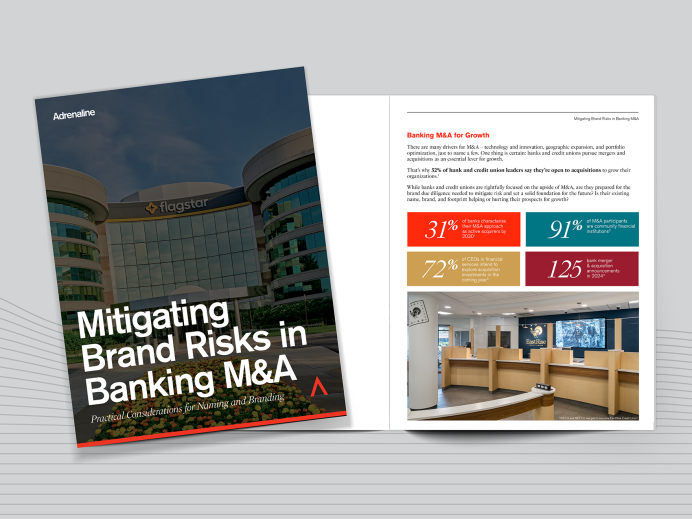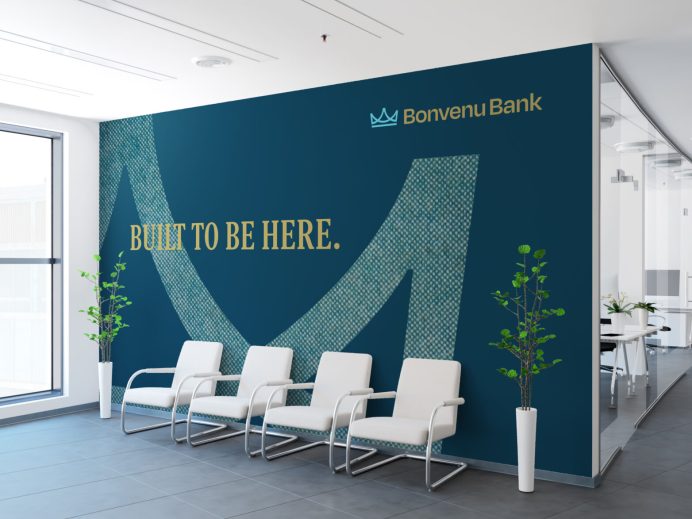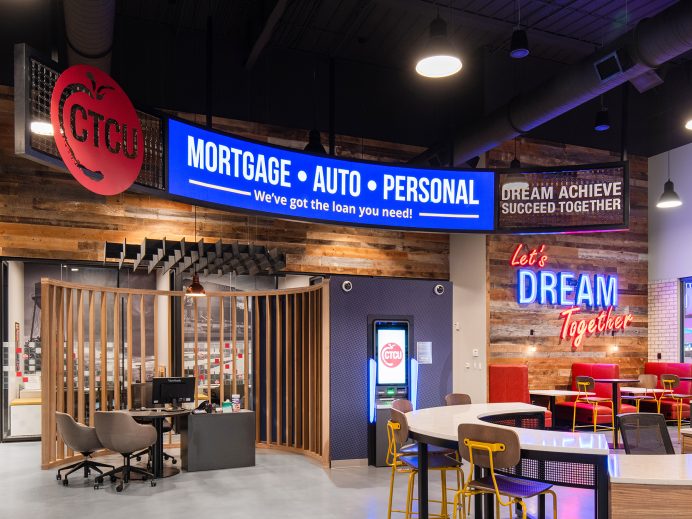Nearly 60% of people prefer to buy from familiar brands, according to Forbes. But becoming that kind of household name requires a way to tap into greater meaning – the values and vision of a brand. If a brand truly is a “gut feeling,” as a branding guru Marty Neumeier says, then how are companies evoking that kind of powerful response from people? “This gut feeling is an idea that inspires action and lives on in the hearts and minds of consumers,” according to the ROI of Rebranding. “But inspiring and enduring are easier said than done, since consumers have such high expectations of the brands they interact with, especially those in financial services.”
One indispensable way companies get to that core character is through brand archetypes, a process that Juliet D’Ambrosio, Adrenaline’s Chief Experience Officer, explored during the Brand Strategy Masterclass at this year’s Financial Brand Forum. During this hands-on workshop, leaders from financial brands across the country had the opportunity to dig into their organization’s deeper meaning and uncover powerful personas to represent their brands in a crowded marketplace. Leveraging Carl Jung’s 12 brand archetypes, these universal symbols signify unique elements of identity.
Employed by all blue chip brands, brand archetypal mapping is the gold standard in branding. This methodology is used to uncover a company’s big idea and tie it directly to how the brand comes to life. From Coca-Cola to Nike and Apple to Google, the world’s most influential and beloved brands all employ brand archetypes to create authentic connections with consumers. Thinking about what makes these brands successful, it’s not their products – although those have to be stellar – it’s what they stand for and who they are. “More than just adjectives, this is the essence of your brand’s human side,” according to Inc. Magazine.
Brand Archetypes for Financial Brands
In archetypal mapping, people select seven out of 50 attributes that most define their organizations. While companies may have a touch of all 50 traits, what they’re looking to identify are the core qualities that come from what an organization lives out on a day-to-day basis. These are in everything from how frontline staff treats customers or members to how they show up in the community. These attributes are most defining about who an organization is and wants to be. Even if these qualities are not fully expressed today, they will be soon, so ideally, the list of seven attributes is a combination of the current and aspirational, alike.
These attributes are then mapped to one of the 12 core brand archetypes. For example, confidence and decisiveness is linked to the Sovereign, whereas being accountable and fair is connected to the Citizen. Many financial brands have the Citizen as either as their lead, secondary or tertiary archetype. This idea of being responsible or accountable in contributing to the community are so foundational for financial institutions that this archetype is often overrepresented in financial services, especially among credit unions.
An archetype often found in banking is the Sage, particularly as banks and credit unions transition from transactional to more advisory-based brands. Whether they are aspiring to put expertise and knowledge at the forefront of their brand or that approach has always been who they are, the Sage is an archetype that represents their core vision and values. Also common is the Hero, especially for brands with a strong culture for competition and internal growth-focus. This archetype is often found among the financial institutions most seeking to use brand as a lever for growth.
With archetypal mapping, it’s important to note that while brands have a primary brand archetype identified through this exercise, within each category there are between four or five characteristics that help create more nuanced differences around their brand personality. So, while the Citizen may be a common archetype among financial organizations, their individual personality characteristics help refine their brand positioning even more. For example, a Citizen who is an advocate that represents the good in everyone is different than the Citizen who finds fulfillment in servant leadership.
Ultimately, the archetypal mapping exercise is led by branding experts who are there to help shape and define the brand and put categories of meaning into context with everything else about the brand. This context includes both spoken and unspoken cues about their culture, purpose, and region, along with their role in the world and vision for the future. The process is not just a science where people put in stats and an automated system spits out an archetype. Brand archetypal mapping really relies on the art of branding, using expertise to help determine the exact right archetype and dial in all the unique ways the brand can come to life.
To learn more about strategies to successfully reposition your banking brand for growth, or to speak with one of Adrenaline’s brand-to-branch experts, contact us today.
Adrenaline is an end-to-end brand experience company serving the financial industry. We move brands and businesses ahead by delivering on every aspect of their experience across digital and physical channels, from strategy through implementation. Our multi-disciplinary team works with leadership to advise on purpose, position, culture, and retail growth strategies. We create brands people love and engage audiences from employees to customers with story-led design and insights-driven marketing; and we design and build transformative brand experiences across branch networks, leading the construction and implementation of physical spaces that drive business advantage and make the brand experience real.






